Would love to see pics of your pinned specimens for comparison here.I still have pinned specimens from the original stock of Rhombodera that was lost to the hobby around 2006 (I had them for three generations). The Rhombodera was in stock was very different to the Indonesian stock that Yen brought in a few years ago; the pronotal shield is a different shape, infact, it was similar to the new one pictured above.
You are using an out of date browser. It may not display this or other websites correctly.
You should upgrade or use an alternative browser.
You should upgrade or use an alternative browser.
Malaysia shield mantis vs Indonesia shield mantis
- Thread starter yen_saw
- Start date

Help Support Mantidforum:
This site may earn a commission from merchant affiliate
links, including eBay, Amazon, and others.
Rob Byatt
Well-known member
Live ones will have to do for the moment 

ps. it was bought as R. basalis

ps. it was bought as R. basalis
Guys, sent me specimens please. The ones from Malaysia are typical basalis (=valida), while I still don't know what the Indonesian ones are. Forget all the obvious features, I will have to do a genitalia preparation.
Really interesting, just to see those diffences is amazing in the hobby, the color though slight is really magnified when comparing them next to each other.
Thanks for your observation. Good spot!I'm very interested in the comparison, Yen... thank you for showing the side-by-side pics! It also looks like the Maylasian male has a slightly longer, slimmer, and more "pointy" end on the tegmina, versus the Indonesian which seems to have a slightly shorter, wider, and more rounded tip.
Assumed you were in Southeast Asia when you are 10beautiful pictures! So cool that you were able to find these.I just ordered a Giant Shield from mantis place =) will be my first, well besides wild one I had when I was about 10
Do you mean none of the differences pointed out shows they are two different species, except by looking at the genitalia differences?......... Forget all the obvious features, I will have to do a genitalia preparation.
Thanks Rebecca. It's pretty cool.More comparison....Really interesting, just to see those diffences is amazing in the hobby, the color though slight is really magnified when comparing them next to each other.
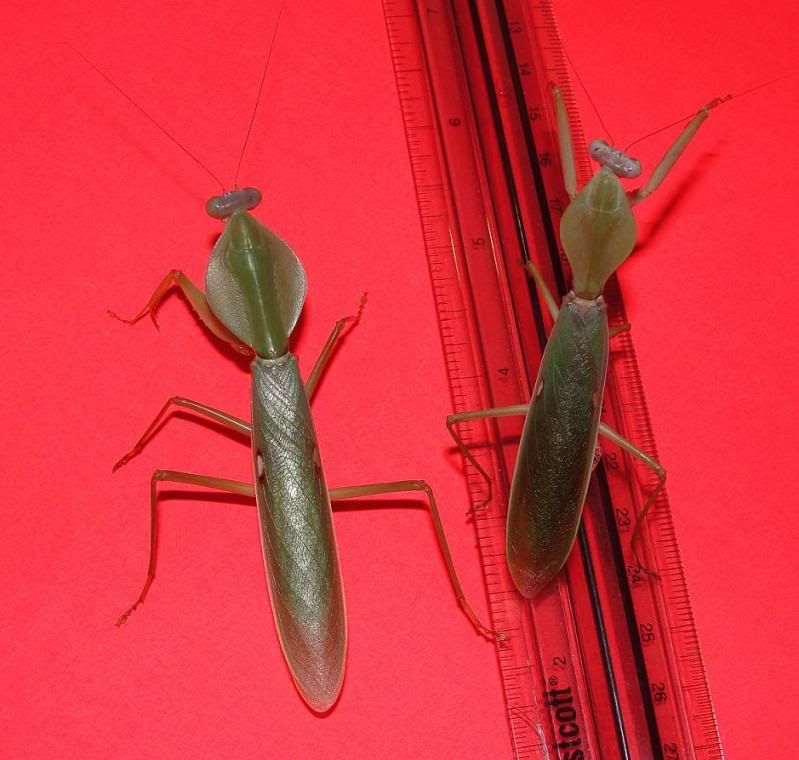
Below is the Malaysia shield. The shield appear to grow all the way down to the joint.
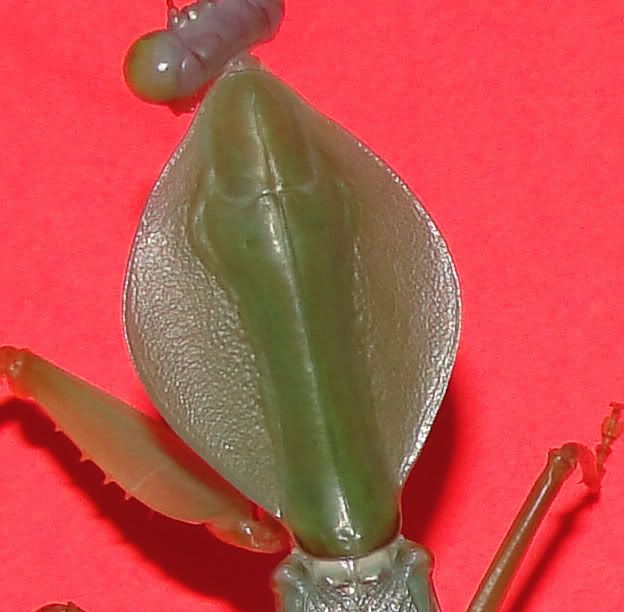
the shield does not extent all the way down to the joint. (Indonesia)
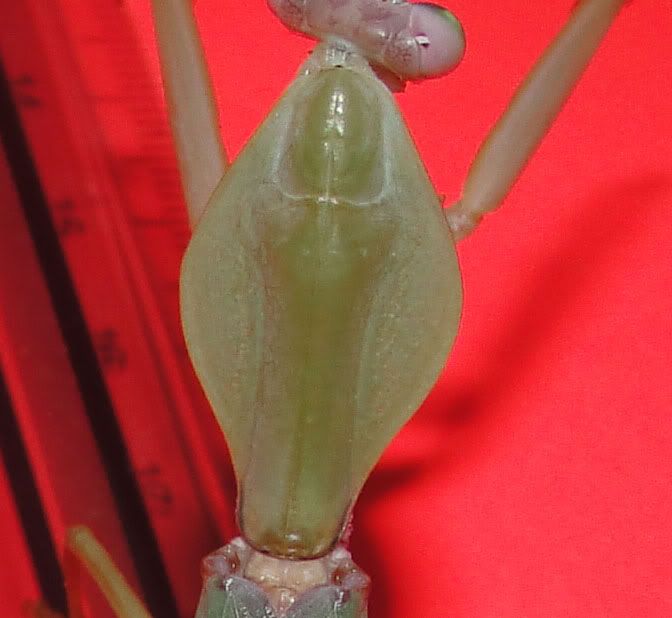
The hind wing and abdomen of the Indonesia shied appear to more reddish. (dead specimen)
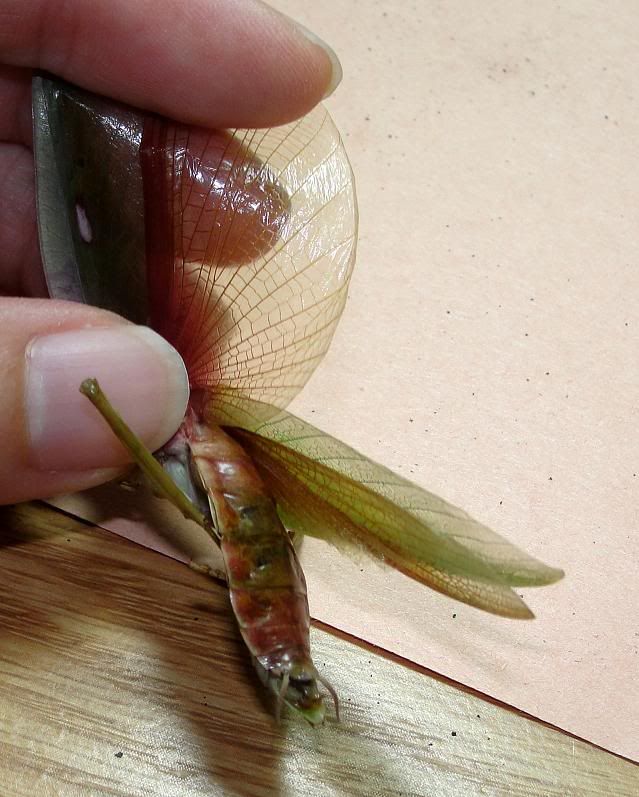
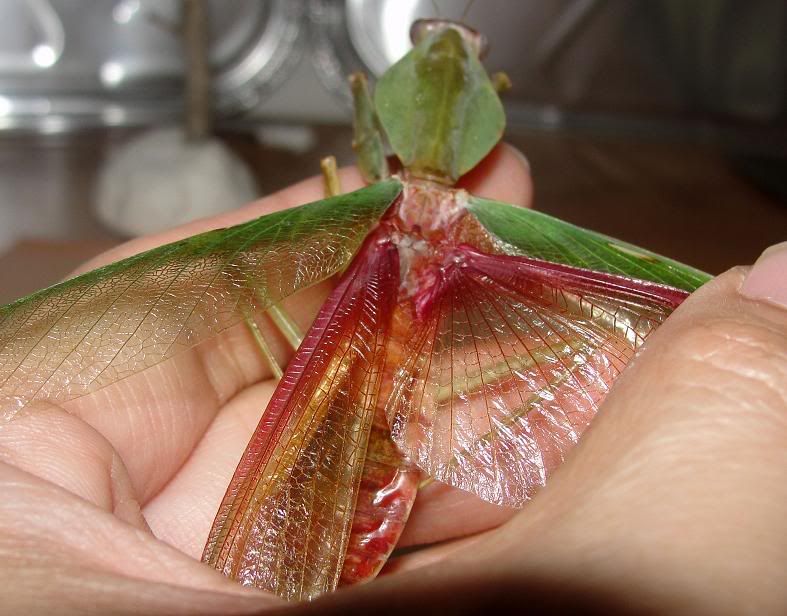
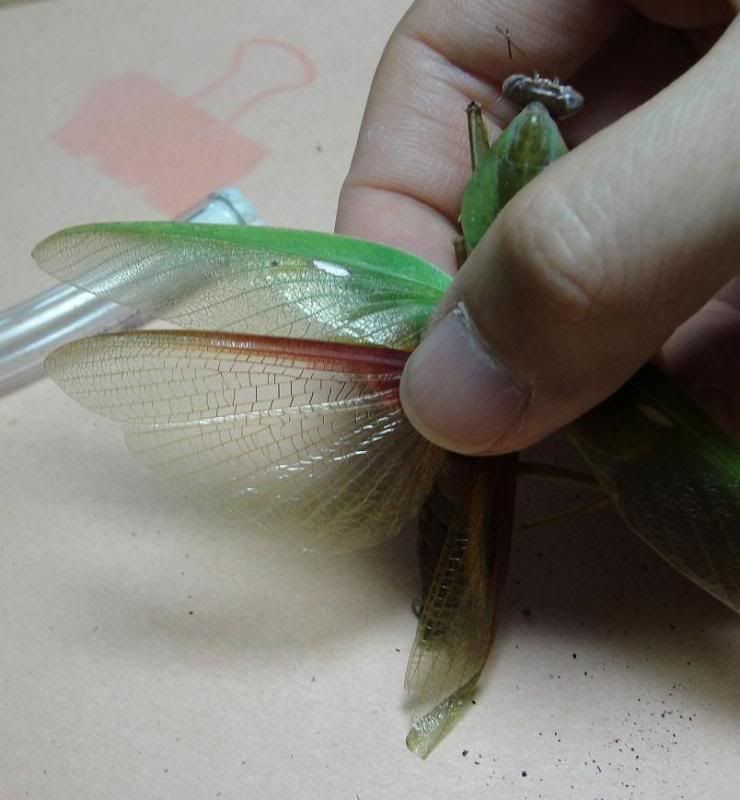
Indonesia (live specimen)
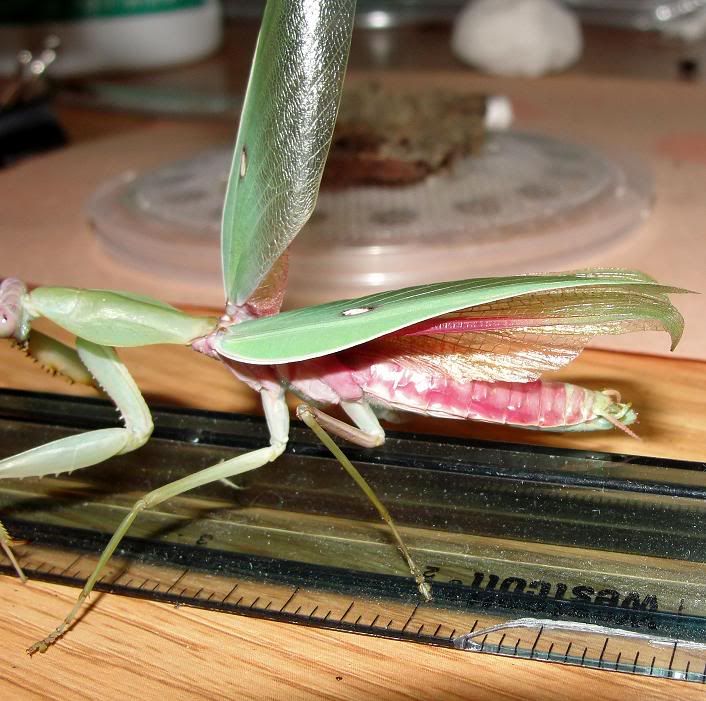
and this is the Malaysia shield
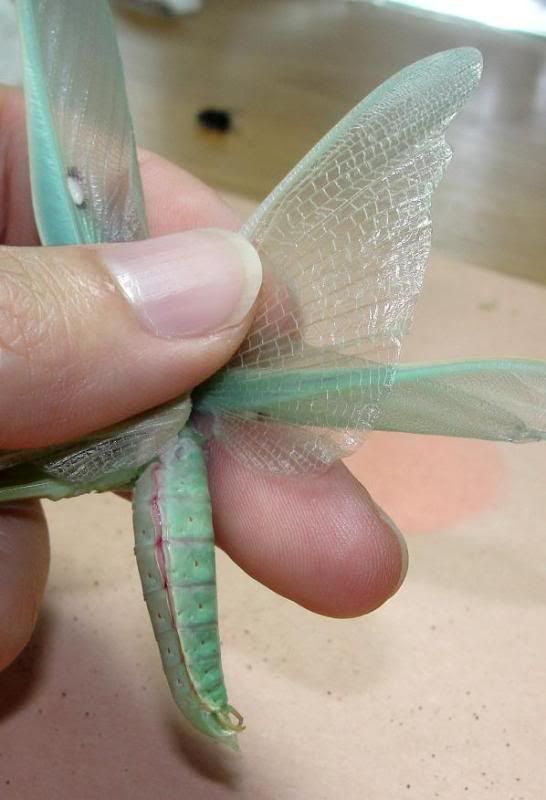
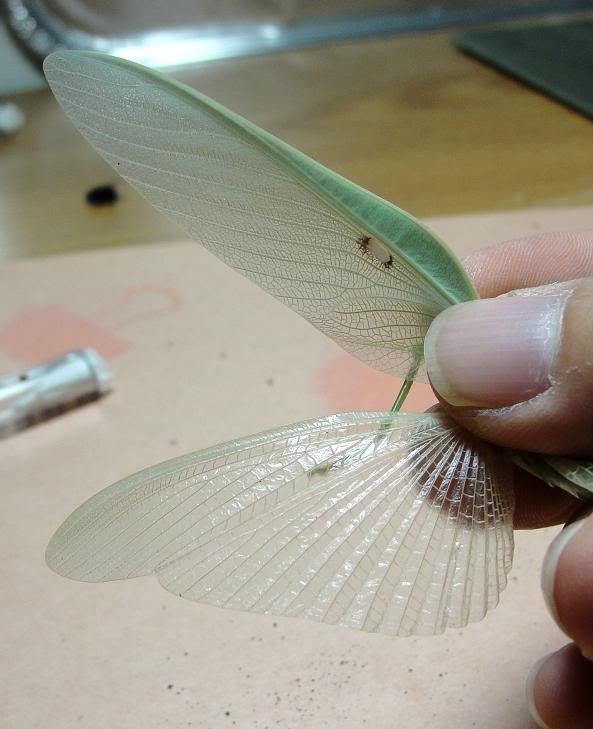
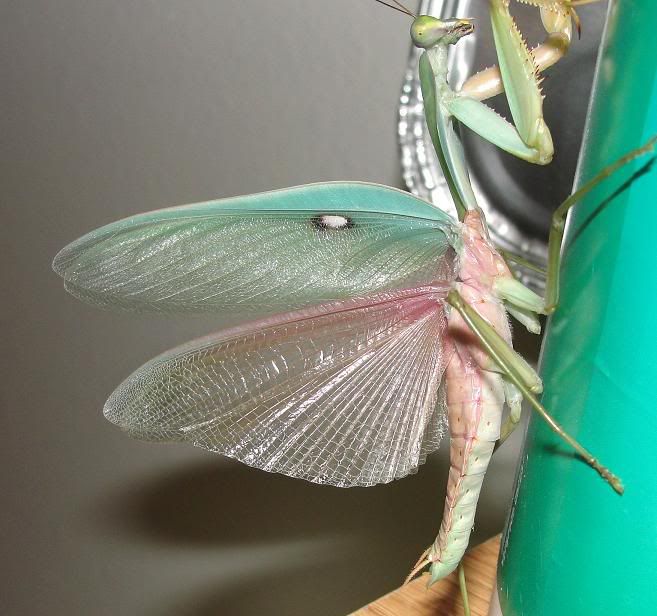
Last edited by a moderator:
Yes. I cannot find the other Indonesian specimens you sent me, while I saw a lot different valida/basalis from W-Malaysia, Borneo, Sumatra, Thailand and Myanmar, and all were the same. So I need a couple of Indonesian ones for comparison.Do you mean none of the differences pointed out shows they are two different species, except by looking at the genitalia differences?

$34.99
$39.99
RESTCLOUD 30" Large Monarch Butterfly Habitat Cage, Outdoor Insect Mesh Cage Terrarium 16.5" x 16.5" x 30"
Restcloud

$3.19 ($42.53 / lb)
$6.09 ($81.20 / lb)
Fluker's Gourmet Canned Food for Reptiles, Fish, Birds and Small Animals, Black, Mealworms 1.23 Ounce (Pack of 1)
Amazon.com

$14.59 ($14.59 / Count)
Butterfly Breeding Net Folding Butterfly Habitat Cage White Butterfly Mesh Cage for Kid Garden Science Education Tool 40x40x60cm Butterfly Cage
Hubeichunliangnongyefazhanyouxiangongsi

$39.95 ($1.25 / Ounce)
Creation Cultivated 32oz Fruit Fly Culture - Live Feeder Insects for Praying Mantis, Jumping Spiders, Geckos, Lizards, Dart Frogs (Drosophila Hydei Flightless)
Creation Cultivated

$5.99 ($56.38 / lb)
Fluker's Freeze Dried Insects, Nutrient, Packed Mealworms, Ideal for Lizards, Reptiles, Birds, Fish, Hedgehogs, 1.7 oz
Amazon.com

$18.50
Praying Mantis Egg Case With Hatching Habitat Cup- 2 Praying Mantids Egg Cases
NaturesGoodGuys

$13.99 ($223.84 / lb)
Surmen Legacy Freshly Started Wingless Drosophila Melanogaster Fruit Fly Culture
Surmen Legacy

$13.99 ($0.44 / Ounce)
Fresh Fruit Fly Culture (Drosophila Hydei) - Praying Mantis Mantid Frog Lizard Food - 32oz Cup
Surmen Legacy

$13.99 ($13.99 / Ounce)
Surmen Legacy Freshly Started Flightless Drosophila Hydei Fruit Fly Culture
Surmen Legacy

$18.99 ($2.12 / Ounce)
Josh's Frogs Producing Wingless Drosophila Melanogaster Fruit Fly Culture
Josh's Frogs

$15.99
$19.99
RESTCLOUD Insect and Butterfly Habitat Cage Terrarium Pop-up 23.6 Inches Tall
Restcloud
The sheild in the new pic looks plastic!
revmdn
Well-known member
Great pics.
hmm interesting. So your current collection from Southeast Asia all have the same physical appearances or similar genitalia features? This may sound like a stupid question for you but may I know if two mantis with different obvious features but posess similar genitalia structure will they produce viable future generation? If so, how does one differentiate two different species on Rhombodera? I have seen key identifying two different species on Rhombodera just by measuring the shield width or even just by wing color patches different.Yes. I cannot find the other Indonesian specimens you sent me, while I saw a lot different valida/basalis from W-Malaysia, Borneo, Sumatra, Thailand and Myanmar, and all were the same. So I need a couple of Indonesian ones for comparison.
Yeah i just made it from a plastic factory yesterday :lol: this species does look very plastic, especially right after molting.The sheild in the new pic looks plastic!
Thanks MartinGreat pics.
Most of the specimens I saw didn't belong to my collection. I just have Malaysian, Birmanese and Bornean ones. They look quite similar, while shield width isn't a good indicator. The largest specimens I saw were from Borneo, I bred them for two generations, and shield width was quite variable in those specimens, even though they belonged to the same stock. It's similar in Deroplatys, you have specimens with a wider or narrower shield.So your current collection from Southeast Asia all have the same physical appearances or similar genitalia features?
A simple answer would be no, because species with obvious differences usually also have different genitalia. Genitalia may not work strictly like "lock and key", so copulations between closely related species are observed from time to time. However, per definition two species cannot produce viable offspring able to reproduce, so if there is fertile offspring between two "species", their specific status has to be re-evaluated. Of course, things are not simple in nature, but as a rule of thumb, genitalia are important because species look similar, not different. If they look different, you don't need to examine the genitalia.may I know if two mantis with different obvious features but posess similar genitalia structure will they produce viable future generation? If so, how does one differentiate two different species on Rhombodera? I have seen key identifying two different species on Rhombodera just by measuring the shield width or even just by wing color patches different.
One can compile a key with morphological characters, but to do so those characters have to be well defined. And this is the problem with Rhombodera and many speciose genera which were not revised yet: the characters used in the past are often prone to considerable variation and not a good indicator of specific status, while stable characters haven't been known or taken into account. Somehow stable characters are genitalia, number and shape of the spines, number and shape of callous spots on the coxae, metazona-prozona relation, shape of wings etc., although there are some exceptions (for instance the Hierodula bipapilla/patellifera problem). The form of the shield may be a good indicator in some species, but not in the valida complex.
Ah sorry for the late reply. Thanks for the info. I will see if there is any differences between them as you have mentioned.
By chance I have also received couple of pics from a chinese speaking mantis expert based on the pics posted here.
He didn't mention metazona-prozona relation but the edge of the shield. Notch at the edge of shield for the Malaysia shield and straight line for the Indonesia shield.
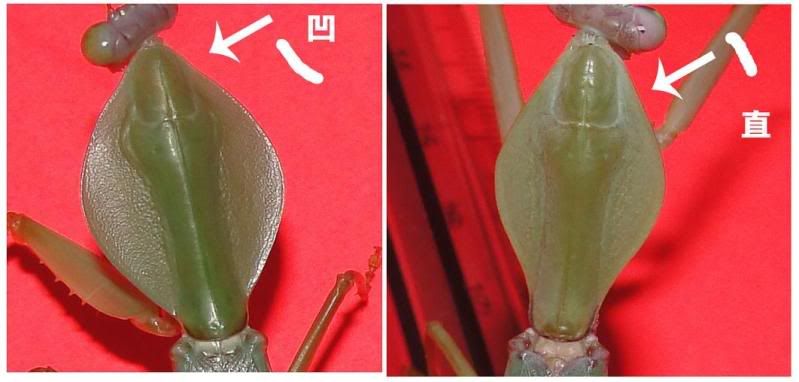
Also the shape of wings
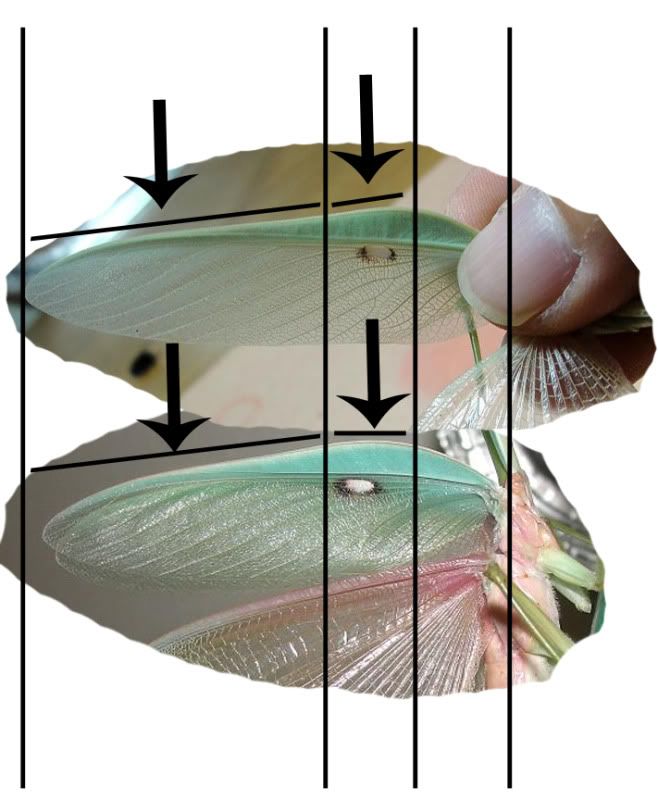
I was lucky to spot an adult male (Malaysia) showing threat pose. Took the pic and zoom out the spines on femur. The Indonesia adult male has 16 internal spines whlie Malaysia adult male has 15 internal spines. Both have the same number of external spines which is 4. The extra spine is located at the circle shown in the pic. I have checked the other two adult male and female from Malaysia and they have also lack the extra spine shown in the Indonesia shield mantis.

That's him haha!
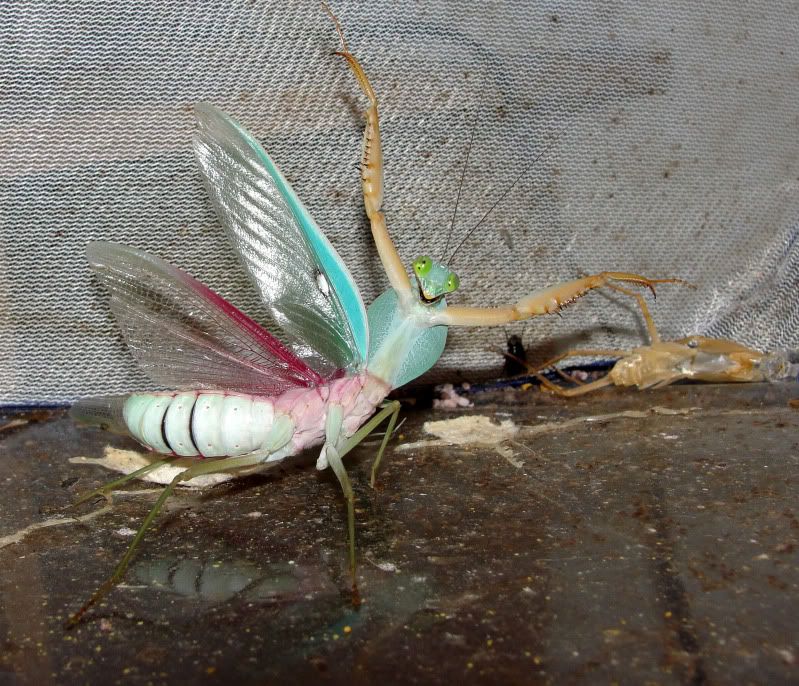
When time permits will also check on the number of spines on tibia and coxa too.
He didn't mention metazona-prozona relation but the edge of the shield. Notch at the edge of shield for the Malaysia shield and straight line for the Indonesia shield.

Also the shape of wings

I was lucky to spot an adult male (Malaysia) showing threat pose. Took the pic and zoom out the spines on femur. The Indonesia adult male has 16 internal spines whlie Malaysia adult male has 15 internal spines. Both have the same number of external spines which is 4. The extra spine is located at the circle shown in the pic. I have checked the other two adult male and female from Malaysia and they have also lack the extra spine shown in the Indonesia shield mantis.

That's him haha!

When time permits will also check on the number of spines on tibia and coxa too.
The shown features are all subject of considerable variation, particularly the number of internal spines. The wing shape may be important though if a comparison of genitalia will prove them to be distinct. I cannot continue on this topic without some Indonesian specimens, particularly, but not exclusively, some males.
With all due respect, your previous post said number of spines is one of the stable character for species identification and now you said it is subject to variation? I am taking out time from my busy schedule to contribute these info to the forum hoping to share it with the 99% of the hobbyists (including me) in this forum and at the same time hoping the 1% of the experts (including yourself) can provide consistant info for the hobbyists. Now i felt like it is a waste of time to post here.
Please bear in mind that most of us are not entomologists/experts going into dissecting the genital of the insects for identification purpose, so the differences in obvious features on appearances are pretty important to hobbyists like us. This thread might be able to help hobbyists from accidental cross breeding in case there is a chance that “Malaysia” batch being distributed.
I am not trying to prove what you said is wrong but common sense is telling me I shouldn't cross breed this two batches. While you might be more interested in actual true species of both batches than us regular hobbyists’ concern, the purpose of this thread is to show the differences between the two different batches of shield mantis and by no means was I thinking the photos posted here are sufficient for actual species identification purpose. Just want to show there are distinctive enough as different species.
I am in discussion with Lars now in sending you some shield mantis specimen as he is also in Germany (easier on shipment). Although his website stated Rh. basalis (even after i told him it wasn't), they are actually the Indonesia batch from me which is part of the reason why we see many people claimed to own Rh. basalis in Europe nowadays.
Please bear in mind that most of us are not entomologists/experts going into dissecting the genital of the insects for identification purpose, so the differences in obvious features on appearances are pretty important to hobbyists like us. This thread might be able to help hobbyists from accidental cross breeding in case there is a chance that “Malaysia” batch being distributed.
I am not trying to prove what you said is wrong but common sense is telling me I shouldn't cross breed this two batches. While you might be more interested in actual true species of both batches than us regular hobbyists’ concern, the purpose of this thread is to show the differences between the two different batches of shield mantis and by no means was I thinking the photos posted here are sufficient for actual species identification purpose. Just want to show there are distinctive enough as different species.
I am in discussion with Lars now in sending you some shield mantis specimen as he is also in Germany (easier on shipment). Although his website stated Rh. basalis (even after i told him it wasn't), they are actually the Indonesia batch from me which is part of the reason why we see many people claimed to own Rh. basalis in Europe nowadays.
I wasn't clear on this: some spine numbers are stable, some aren't. For example, the number of outer spines and of discoidal spines is usually very stable among one subfamily. Others,like the outer and inner spines on the tibia and the spines on the coxa, show only slight vairations (+/- 1-2). Others, like the femoral inner spines, may be more variable, depending on body size etc. The number may vary e. g. from 13 to 16 in the same species.
I didn't say that your post was useless, I am just always trying to point out that comparing two specimens isn't sufficient. In such more variable features, you have to check series of say, 20 specimens, to get an average number, then you can see if average numbers differ between species. Saying this, it becomes clear that there may be some overlap in spine numbers and because this is the case they aren't a reliable feature which you can use, for example, in an ID key.
This is the problem with all unstable characters, you need a whole series to see differences, while you only need two specimens if you compare genitalia. There may well be a stable character separating the species, it can be a rather simple one evident for everyone, but first, one must be sure of a specific difference before being able to choose a reliable character. You have to do this first, and all the other stuff, like wings, spines, etc. afterwards, not the other way round.
Again, I'm sorry that I wasn't clear enough on this subject, you know that I appreciate everything you do! Who else can say this of me? :lol:
I didn't say that your post was useless, I am just always trying to point out that comparing two specimens isn't sufficient. In such more variable features, you have to check series of say, 20 specimens, to get an average number, then you can see if average numbers differ between species. Saying this, it becomes clear that there may be some overlap in spine numbers and because this is the case they aren't a reliable feature which you can use, for example, in an ID key.
This is the problem with all unstable characters, you need a whole series to see differences, while you only need two specimens if you compare genitalia. There may well be a stable character separating the species, it can be a rather simple one evident for everyone, but first, one must be sure of a specific difference before being able to choose a reliable character. You have to do this first, and all the other stuff, like wings, spines, etc. afterwards, not the other way round.
Again, I'm sorry that I wasn't clear enough on this subject, you know that I appreciate everything you do! Who else can say this of me? :lol:
Last edited by a moderator:
[email protected]
Well-known member
[SIZE=14pt]Yen you are the man, I think you are doing a great job @ this post the pics, the and obversations.  [/SIZE]
[/SIZE]
OGIGA
Dead Leaf Mantis
I wonder if these two species would be able to make viable offsprings.
Opivy
Well-known member
super interesting thread!!! sorry to get off topic -
But Yen.. How do you spread their wings like that? I was always scared I would hurt them. ---- Or they would hurt me!
But Yen.. How do you spread their wings like that? I was always scared I would hurt them. ---- Or they would hurt me!
with lot of struggle... like a wrestling match :lol: i wouldn't recommend doing it if it is not necessary.super interesting thread!!! sorry to get off topic -But Yen.. How do you spread their wings like that? I was always scared I would hurt them. ---- Or they would hurt me!
































